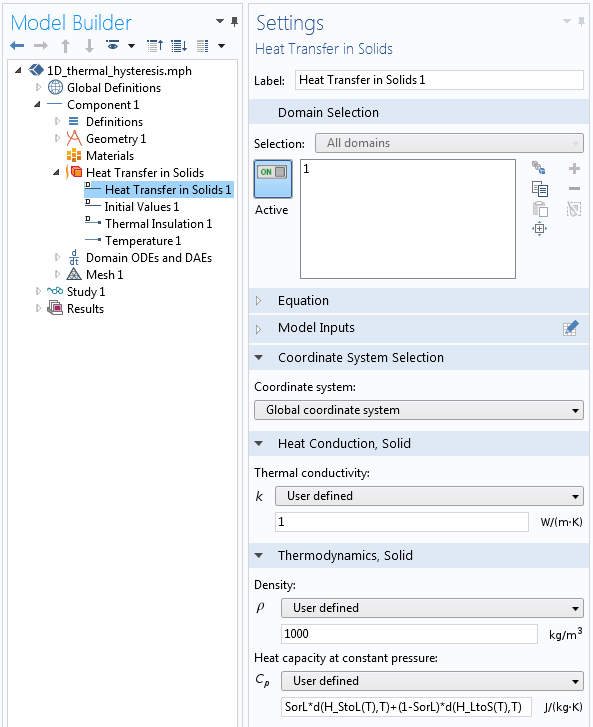

Typical sources of noise are brush motors, fluorescent and halogen lamps, switching power supplies and dimmer switches. Noise in Power lines is a significant problem for data transmission. Hence the channel might be described as random and time varying with a frequency dependent signal-to-noise ratio (SNR) over the transmission bandwidth.įigure 2: Power Line Channel Characteristics It has been observed that at higher frequencies the channel attenuation increases. Each multi-path would have a certain weight factor attributed to it to account for the reflection and transmission losses. Reflection of signal often occurs due to the various impedance mismatches in the electric network. This echoing occurs because a number of propagation paths exist between the transmitter and the receiver. As a result, additional echoes must be considered. Just like a wireless channel, signal propagation does not take place between transmitter and receiver along a line-of-sight path. Home devices often act as noise sources, affecting the signal to noise ration of receivers. Moreover, the channel transfer function itself is time varying since lugging in or switching off devices connected to the network would change the network topology. Over such a complicated line network, the amplitude and phase response may vary very widely with frequency. Varying impedance, considerable noise and high levels of frequency dependent attenuation are the main issues. The power line carrier was not specifically designed for data transmission and provides a harsh environment for it. Multiple Wi-Fi channels with simultaneous analog television in the 2.4 and 5.3 GHz unlicensed bands have been demonstrated operating over a single medium voltage line conductor.
TUTORIALS CAPACITY FADE COMSOL 5.3 FULL
Ultra High Frequency PLC (> 100 MHz): These systems claim symmetric and full duplex communication in excess of 1 Gbit/s in each direction.This allows devices to share data without the inconvenience of running dedicated network cables. Powerline adapter sets plug into power outlets and establish an Ethernet connection using the existing electrical wiring in the home.

High Frequency PLC (> 1 MHz): Power line communications can also be used in a home to interconnect home computers and peripherals, and home entertainment devices that have an Ethernet port.

One natural application of narrow band power-line communication is the control and telemetry of electrical equipment such as meters, switches, heaters and domestic appliances.

It is also known as power-line carrier, power-line digital subscriber line (PDSL), mains communication, power-line telecommunications, or power-line networking (PLN). Power Line Communication (PLC) carries data on a conductor that is also used simultaneously for AC electric power transmission or electric power distribution to consumers.


 0 kommentar(er)
0 kommentar(er)
